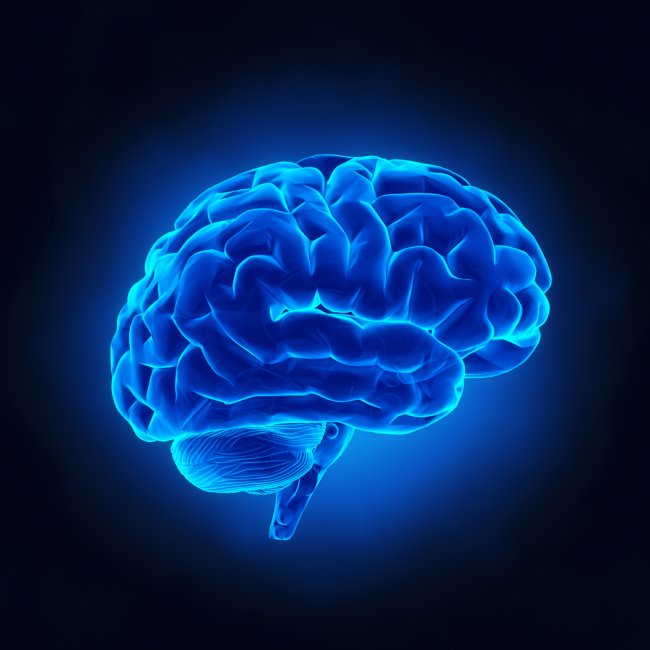Emotions are an essential part of the human experience, influencing how we interact with others, make decisions, and perceive the world around us. Neuroscience has made significant strides in understanding how the brain processes emotions and the specific regions involved. Emotions are not just mental experiences but also physical reactions triggered by various brain circuits. These processes help us respond to different situations, shaping our behaviors and overall well-being.
Table: Key Brain Regions Involved in Emotion Processing
| Brain Region | Role in Emotion Processing |
|---|---|
| Amygdala | Processes fear, pleasure, and emotional memories |
| Prefrontal Cortex | Regulates emotions, decision-making, and self-control |
| Hippocampus | Stores emotional memories |
| Insula | Connects emotions with physical sensations |
The Role of the Amygdala in Emotions
The amygdala is a small, almond-shaped structure located deep within the brain. It plays a central role in processing emotions, especially fear and pleasure. The amygdala helps the brain detect threats, triggering the “fight or flight” response when necessary. It is also involved in forming emotional memories, meaning it helps us remember emotionally significant events. This region is essential for survival, as it enables us to react quickly to danger and store memories that help us avoid similar threats in the future.
The Prefrontal Cortex: Emotion Regulation and Control
The prefrontal cortex is located at the front of the brain and is responsible for regulating emotions and controlling impulses. It helps us process complex emotions, such as empathy and guilt, and allows us to make rational decisions even in emotionally charged situations. The prefrontal cortex also works to suppress inappropriate emotional responses, helping us manage stress, anger, or fear in a socially acceptable way. This region develops fully in adulthood, which is why teenagers often struggle with emotional regulation.
The Hippocampus and Emotional Memory
The hippocampus is another crucial part of the brain that helps process emotions by storing and retrieving emotional memories. It plays a key role in linking emotions to specific events, allowing us to learn from past experiences. For example, if you were in a dangerous situation, the hippocampus helps your brain remember the emotional response (fear) and the event itself, making you more cautious in similar situations in the future. This ability to recall emotional memories is important for both learning and survival.
The Insula and Physical Sensations
The insula is a lesser-known part of the brain but plays an important role in connecting emotions with physical sensations. It helps us feel bodily sensations associated with emotions, such as a racing heart when we’re anxious or butterflies in the stomach when we’re excited. The insula bridges the gap between the mind and body, allowing us to understand how our emotions affect our physical state. This connection is essential for recognizing our emotional responses and reacting appropriately.
The Influence of Neurotransmitters on Emotions
Neurotransmitters are chemical messengers that play a crucial role in transmitting signals between brain cells and influencing mood and emotions. Serotonin, dopamine, and norepinephrine are some of the key neurotransmitters involved in emotional regulation. Serotonin helps stabilize mood, while dopamine is linked to pleasure and reward. Norepinephrine is associated with the body’s response to stress and arousal. Imbalances in these neurotransmitters can lead to emotional disorders such as depression or anxiety.
Conclusion: Understanding the Brain’s Role in Emotions
The neuroscience of emotions reveals how different brain regions work together to create, regulate, and store emotional experiences. From the amygdala’s role in detecting threats to the prefrontal cortex’s ability to manage complex emotions, understanding how the brain processes feelings helps us gain insight into human behavior. Emotions are not just abstract experiences but are deeply rooted in brain functions and circuits. By studying these processes, neuroscience continues to shed light on how emotions shape our lives and how we can better manage our emotional health.



